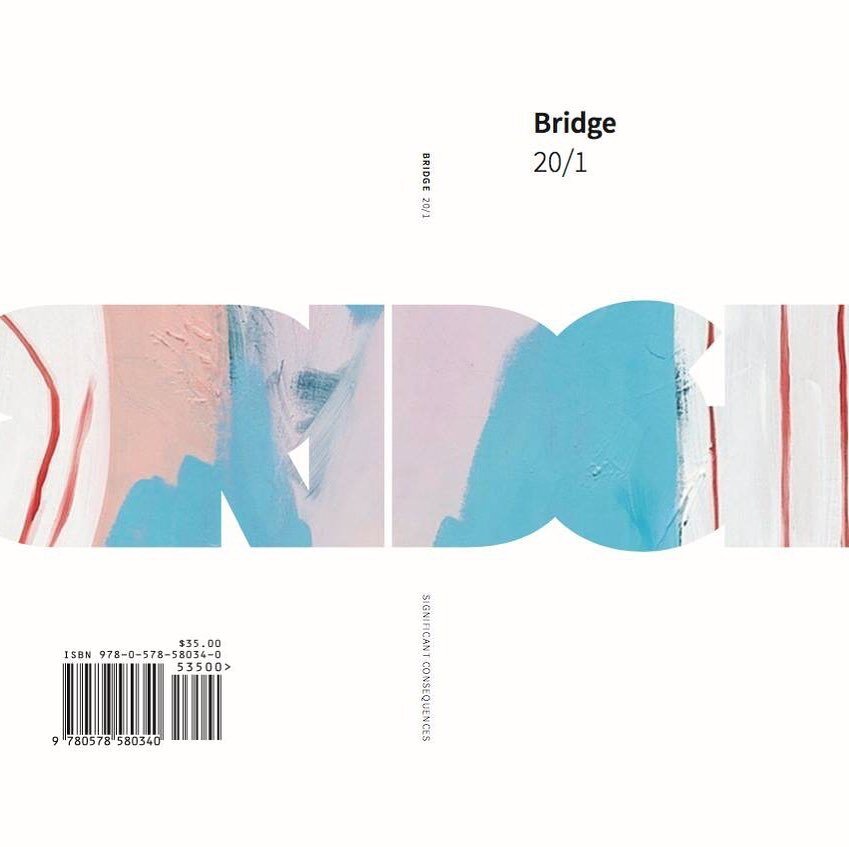REVIEW: Christine Tarkowski, “the old Moon in the new Moon's arms” at the Arts Club of Chicago
Christine Tarkwoski, the old Moon in the new Moon’s arms, photo by Michael Tropea
REVIEW
Christine Tarkowski, “the old Moon in the new Moon's arms”
The Arts Club of Chicago
201 E. Ontario St.
Chicago IL 60611
Nov 7- Sept 3, 2024
By Charles Venkatesh Young
Taut wires on the west side of the Arts Club building run from a fence to the base of the roof. Amorphous metallic forms hang along their length. I’d bet that upon being asked “What is this thing?” most passersby couldn’t come up with “a sculpture.” It possesses the quotidian look of windchimes, not the assertive indecipherability of high art, and blends imperceptibly with the greater sights and sounds of the city. But it is there, in a handful of wispy, lustrous presences. And it is watching.
Upon seeing Christine Tarkowski’s the old Moon in the new Moon’s arms for the first time I couldn’t help but laugh. I’d taken a half-hour trot to the Near North Side, battered by rain and heavy winds. My socks were soaked, and I struggled to see through the droplets adhering to my glasses. Pedestrians around me struggled with inverted umbrellas. How was I supposed to react looking at Tarkowski’s quaint blotted imperfections, which swung at the caprice of the wind and let themselves be covered in the torrential downpour? It was like looking in a mirror. My own bathetic humanity stared back at me.
Christine Tarkwoski, the old Moon in the new Moon’s arms, photo by Michael Tropea
There’s more than just everyday bleakness, however: also present are traces of the heavenly which attempt to go beyond this ordinariness, namely the dim glint of city lights off of Tarkowski’s satiny oblong surfaces and the two grayish sky-seeking trees which frame the sculpture. (The importance of these trees cannot be overstated – compositionally, they’re the only thing keeping the work from splintering into a hundred tiny pieces.) Tarkowski’s title evokes the singular beauty of the moon, which, like this peculiar installation, is better experienced as a pleasant surprise than sought out as an event.
Commonalities between the two go beyond the basaltic hue of the sculpture – both wax and wane, at points revealing themselves entirely and at others hiding behind their own shadow. Unlike the moon, whose undulating visibility can be attributed to heavenly phenomena, the arrangement of Tarkowski’s burnished surfaces depends solely on the position of the viewer – from certain perspectives, they cluster onto a line, while from others they constitute a sparsely populated plane. Those who gaze at Tarkowski’s sculpture become little gods, imbuing this random arrangement of entities with some totalizing order – one which exists, of course, only in their own eyes.
Christine Tarkwoski, the old Moon in the new Moon’s arms, photo by Michael Tropea
The work’s title refers to Earthlight, a phenomenon in which sunlight which reflects off of the Earth’s surface illuminates regions of a crescent moon that would otherwise not be visible. The mirror-like surface of Tarkowski’s sculpture no doubt contributes some tiny fraction of light to this effect, adding one more imperceptible cog to the ever-moving mechanisms of our universe. It’s a miniscule process, trifling at best to the layperson. But its very existence seems to point to a subliminal world of constantly occurring natural processes which we never notice, much less understand, in their entirety. Every second we spend working and playing and constructing our systems of values, the infinite and irreducible universe is remaking itself. Having pondered this thought for a sufficiently erudite amount of time (thirty seconds ought to do), a car horn or a brisk passersby will snap you out of your reverie and you’ll go on about your day. This slippery sensation, of an infinite present which flashes up as quickly as it vanishes, has its most clear artistic predecessor in Robert Smithson: “A million years is contained in a second, yet we tend to forget the second as soon as it happens.”
The transitoriness of the sculpture’s effect on viewers doesn’t lessen its impact, however. After all, Smithson’s most famous work, The Spiral Jetty in Utah’s Great Salt Lake, was long submerged, rendering it invisible to viewers. Peter Schjeldahl wrote of its disappearance that “Fashions may rise to cover it, but it is there. And because it is there, nothing else can ever be the same.” Ditto for Tarkowski’s sculpture: no matter how small and easily forgotten a viewer’s confrontation with it might be, they can never be the same for having experienced it.
Charles Venkatesh Young is a journalist and art critic based in Chicago. He contributes to Newcity and Bridge and is the founder of online arts journal Meaning Without Form (which can be visited at meaningwithoutform.com).
Like what you’re reading? Consider donating a few dollars to our writer’s fund and help us keep publishing every Monday.





